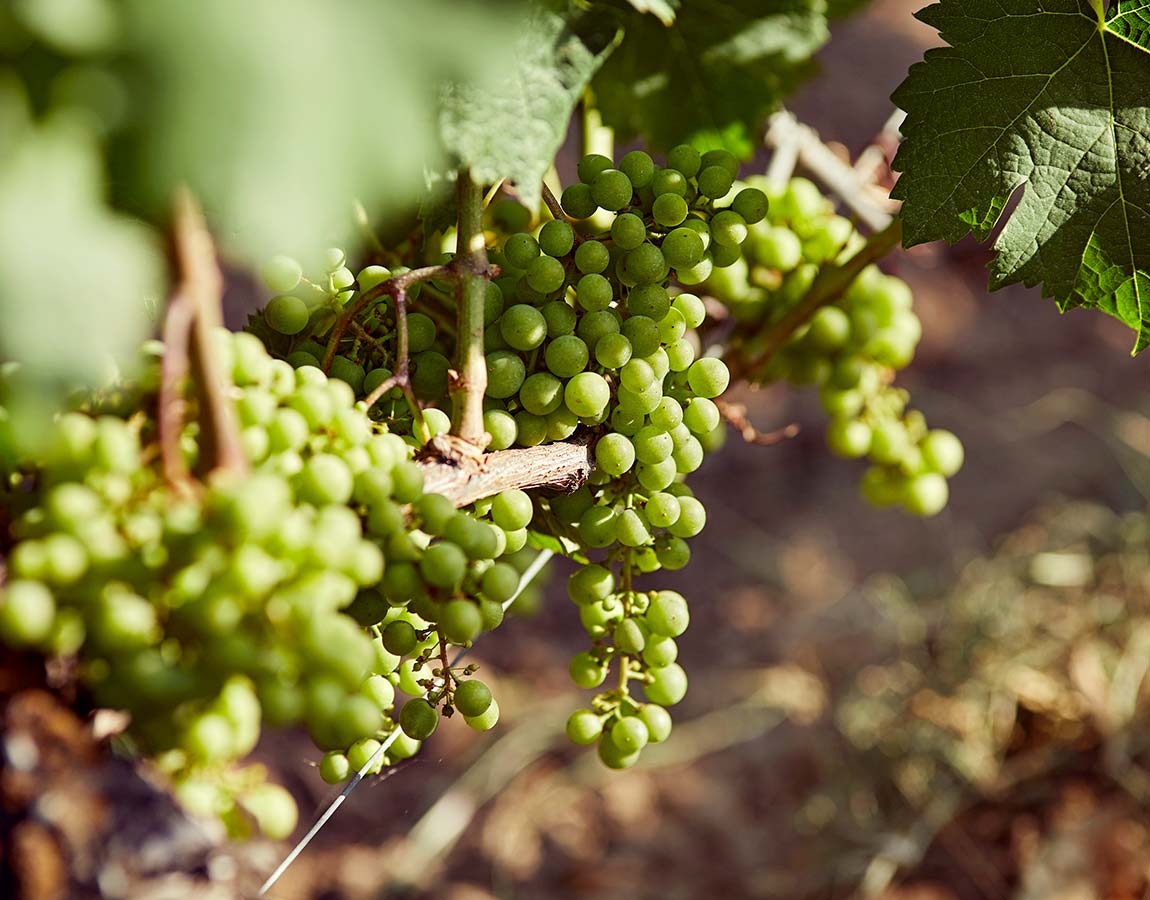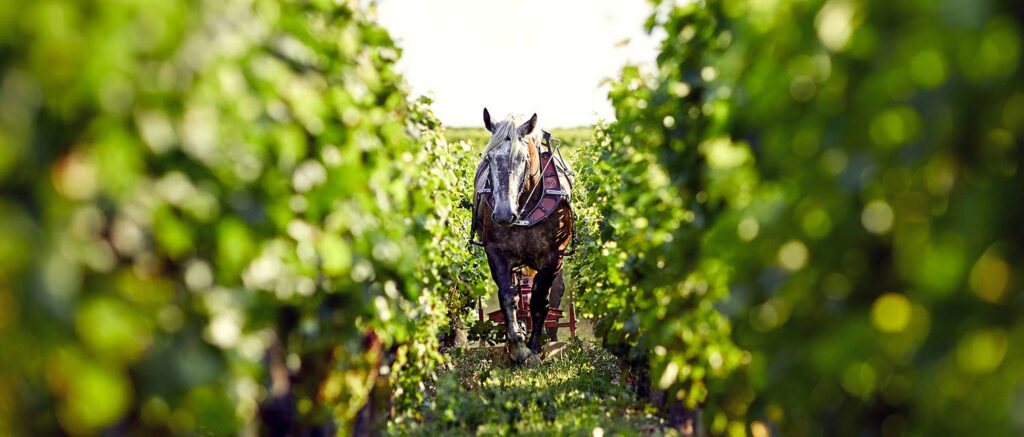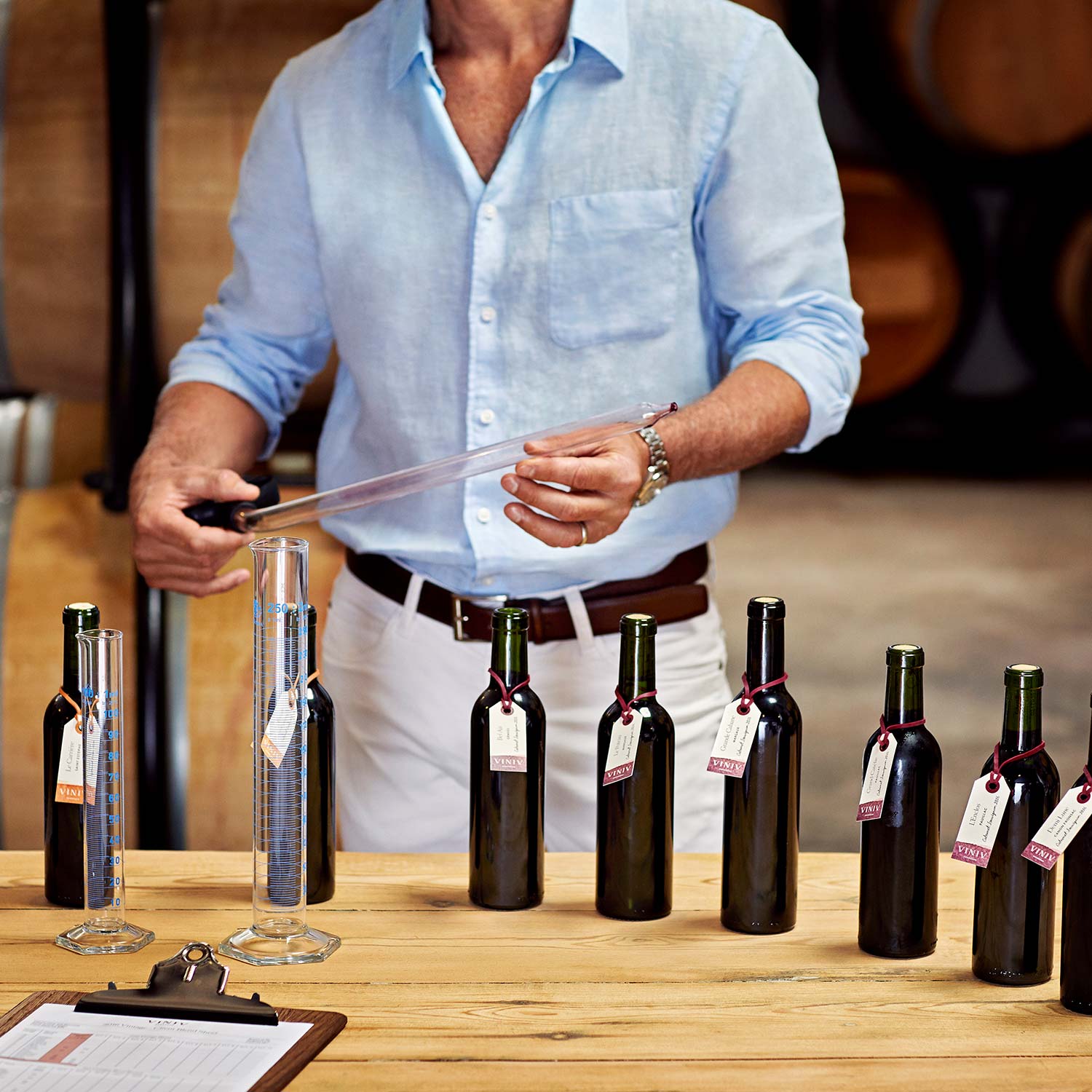Each year, the harvest season brings Bordeaux to life and marks the beginning of a crucial period for the winemaker.
A defining moment where every decision, every gesture, and every minute counts, the harvest represents the culmination of an entire year’s work. Behind the excitement lies a major challenge: the birth of a new vintage.

When does the 2025 harvest start in Bordeaux?
The 2025 harvest season in Bordeaux runs from late August to the end of October: depending on the grape varieties, terroirs, and the year’s weather conditions.
As a result, the harvest date can vary even within the same appellation.
In principle, the grape harvest begins about 100 days after the vine’s flowering. Historically, the start of the harvest was set by a prefectural decree known as the ban des vendanges. This decision was based on advice from producer organizations, the Departmental Directorate of Agriculture and Forestry (DDAF), and the National Institute of Origin and Quality (INAO).
Today, the ban des vendanges is more symbolic, each winemaker decides when to begin picking. It still marks the launch of local festivities; one of the most famous in Bordeaux takes place in Saint-Émilion in mid-September.
The Bordeaux harvest season can last from one to three weeks, depending on the size of the vineyard and weather conditions.
How do you know when the grapes are ready to harvest?
It all depends on the grape variety and the desired wine style.

The harvest follows veraison, when grapes change color and begin to ripen. During this stage, acidity decreases while sugar increases. The challenge for the grower is to harvest when the grapes are fully ripe, when the three types of maturity are achieved: technological maturity, aromatic maturity, and phenolic maturity.
This decision is far from simple and requires regular ripeness checks and berry tastings.
- To make red wine, growers wait until the fruit reaches full ripeness, as this promotes the development of high-quality tannins.
- To make white wine, they prefer to harvest at optimum or slightly early maturity, depending on the terroir. This helps preserve acidity, which gives freshness and liveliness: an essential characteristic of a Bordeaux white wine.
For enthusiasts, VINIV offers a rare opportunity: to learn how to compose a wine according to the desired style and aromatic profile.
Let’s talk wine!
In viticulture, there are three types of maturity:
- Technological maturity refers to the balance between sugar and acidity.
- Aromatic maturity is when the grape’s aromas are most expressive.
- Phenolic maturity occurs when tannins and anthocyanins (natural pigments) reach sufficient quality and concentration. It is key for the color and structure of red wines.
The harvest date aims to find the best compromise between these three maturities.
How does the harvest season unfold in Bordeaux?
The harvest season marks a demanding starting point: to make wine from grapes as they are, with what the vintage offers, while adapting each technical decision to reveal its full potential and craft a Grand Vin de Bordeaux.
Once the optimal moment has been determined, winemakers begin the harvest season:
1. Picking by hand or by machine
Hand harvesting requires more time and labor. It is the method favored by classified estates and prestigious châteaux, including VINIV’s partners, as it preserves the integrity of the berries and allows for more precise fruit selection.
Mechanical harvesting uses machines to collect grapes more quickly. Machine harvesting saves time and increases efficiency, but it can crush berries and therefore requires stricter sorting afterward.
2. Sorting
Once picking is complete, it is time to sort!
A crucial step in the grape harvest, whether manual or mechanical, sorting removes leaves, insects, and damaged clusters. This is when the winemaker selects the finest grapes and eliminates anything that could compromise wine quality.

3. Destemming the grape clusters
Destemming separates the berries from their stems (the central part of the cluster) to avoid excessive bitterness in the wine. It is a key step of the harvest season.
Depending on the desired taste, some winemakers choose to include a portion of stems to add tannins and freshness, especially in age-worthy red wines. Fewer stems produce a fruitier, rounder wine with a deeper color. Some winemakers also carry out a second sorting after destemming to refine their selection.
4. Maceration and fermentation
This is the first stage after the harvest. It transforms the grape’s sugar into alcohol through the action of yeast. Fermentation can last from several days to several weeks, depending on the type of wine.
To make red wine, the juice first macerates and then ferments with the grape skins: this is the process that gives the wine its color and tannic structure. Once fermentation is complete, the free-run wine is drawn off, separating it from the lees (dead yeast deposits), and then aged in tanks or oak barrels.
5. Pressing
The countdown accelerates during this stage of the harvest season!
As the name suggests, pressing extracts juice from the grapes.
To make white wine, pressing must occur before fermentation, soon after picking, to avoid any maceration.
In red winemaking, pressing the pomace yields the “press wine,” which, depending on its quality, may be blended with the free-run wine to produce a Grand Vin de Bordeaux.
Beyond the technical process of winemaking, the harvest season is above all about knowing, with precision and sensitivity, the exact moment when the fruit fully expresses its potential.
It is an intense time in every vineyard, a foundational act in the creation of any Grand Vin de Bordeaux.
For those who choose to experience VINIV, it is also a rare opportunity to learn how to create your own wine.
Par Marion Clerc, Le Stylo Vert, avec l’expertise de Nicolas Lainé, VINIV.

